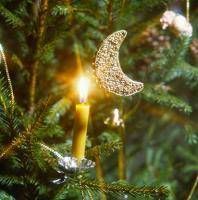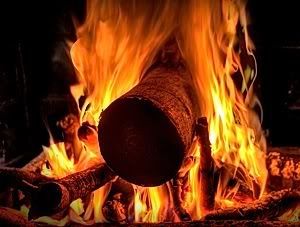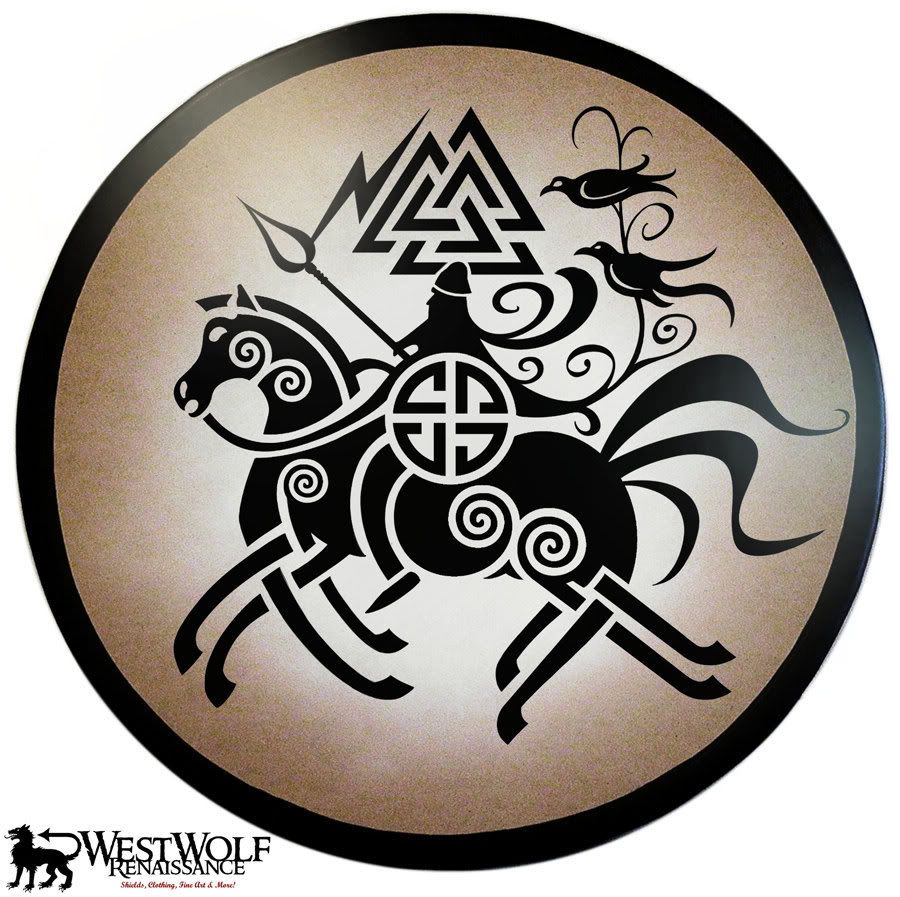 The various traditions stem back to the Winter Solstice. Today we typically mark the 21st of December as the Winter Solstice. But previous calendars had the solstice as December 25th. The Winter Solstice was an important event for these people of the past. It marked the transition from the days getting shorter and shorter, to the days getting longer again. To them, this was a sign that the life bringing Sun would now continue it's march higher and higher into the sky, and that the Winter would again be replace with the Spring in due course.
The various traditions stem back to the Winter Solstice. Today we typically mark the 21st of December as the Winter Solstice. But previous calendars had the solstice as December 25th. The Winter Solstice was an important event for these people of the past. It marked the transition from the days getting shorter and shorter, to the days getting longer again. To them, this was a sign that the life bringing Sun would now continue it's march higher and higher into the sky, and that the Winter would again be replace with the Spring in due course.Through the ages, peoples have celebrated this celestial event, and others have anthropomorphized it into stories and myths. Various cultures created and worshiped Sun gods, and used this day to mark their birth or re-birth. Others even marked the solstice an an annual battle that their Sun god would fight with the darkness. They would hold festivals in support of the Sun god, and celebrate when the days grew longer and the nights shorter. The them this meant that their god had won the battle, and the warmer days or Spring, Summer and (more importantly) the growing season would be allowed to return to them. While many Christians think the roots of the Christmas season is the birth of 'the son', the true roots are in the 're-birth' of the Sun.
Also important to note is that the Bible suggests Jesus would have been born in shepherding season. This would place his (alleged) birth in the Summer or early Autumn... not December. So why December 25th? In today's terms, we'd call it a PR move. Other traditions were already celebrating at this time, so what was one more? By absorbing various other traditions and borrowing the same date, it would be easier to get people to convert. So the truth of it was that they eschewed accuracy, for the simple desire to gain as many followers as they could. But it really shouldn't be a surprise to see believers unconcerned with accuracy though.
But what about the individual symbols of what we now call Christmas? A lot of us enjoy a good ham for our Christmas dinner. But why is it that ham it the meat of choice? To find our answer, we have to go back to the celebration of Yule. Norse tradition involved sacrificing a wild boar at Yule, to gain favor with Freyr, the fertility god, so that the land would become fruitful once more.
And what about that lovely video of a roaring fireplace that many will display on their television screen on Christmas morning? Much like the tradition of hanging mistletoe, the Yule log is of pagan origin. In the case of the Yule log, it seems to stem from the ancient fire festival of the solstice season. As for mistletoe, it didn't originate as an innocent plant that people kiss under. Rather, it was another symbol of fertility.
Decking the halls with holly and evergreens? Again, it's the Pagans. They observed that these plants stayed green all through the Winter. Because of this they became symbols of fertility and life. For these reasons, they brought them into their homes in hopes of ushering the life and fertility of Spring to return again.
Remember that song, the twelve days of Christmas? There are twelve days because Yule was twelve days long. And on the subject of carols, they stem from the practice of wassailing. This Yulesinging was also part of pagan rituals for health and fertility. Before there were the eight tiny reindeer guiding Santa's sleigh, there was Sleipnir. Sleipnir was Odin's eight-legged horse. Odin would lead the Yule hunt, riding Sleipnir through the sky and would give gifts of food.
The roots of gift giving may be seen in the Saturnalia celebration, where gifts were traditionally given on December 23rd. And what about that most common and arguably the biggest symbols of Christmas?
I'm of course speaking of Santa and the Christmas tree. Some of the earliest inspiration of the modern Santa Claus can again be found in Odin. Remember how he would lead the hunt with his flying eight legged horse, rather than eight flying reindeer? Well, there is a tradition that children would leave boots full of carrots and straw for Sleipnir to eat. In return, Odin would reward them by replacing the carrots and straw with gifts of candy.
The Christmas tree is also a symbol of pagan origin. Remember, it is an evergreen and served a similar purpose as the holly and evergreens as symbols of life and fertility. Additionally, the early church (and some sects still today) opposed the Christmas tree as a phallic pagan symbol. But now if you have the audacity to call a Christmas tree a 'holiday tree' or anything else, some Christians will lose their minds in outrage (I'm looking at you fox news). So odd that they now try to claim sole ownership of this pagan symbol that the church once stood in opposition to. Finally, the practice of lighting the Christmas tree harkens back to the use of candles on the pagan Yule tree. The candles on the tree were another extension of the Pagan fire festivals of old.
 |
| Christmas trees: Expressly decried by the Bible in Jeremiah 10:1-10. |
We should leave the traditions as-is, call them what we are used to calling them, and celebrate for whatever reasons we wish to celebrate the season. If you celebrate because you (falsely) think it's the birth-date of Christ, then fine. Or if you are like me and celebrate for the fun of the season and traditions, as well as getting together with friends and family, that's great too. All I ask is that Christians not get outraged when people celebrate for reasons different than their own, and that they not try to claim sole ownership of the season and highlight their ignorance as to it's true origins.
-Brain Hulk
Follow us on your favorite social networking sites!
facebook | google+ | twitter



No comments:
Post a Comment